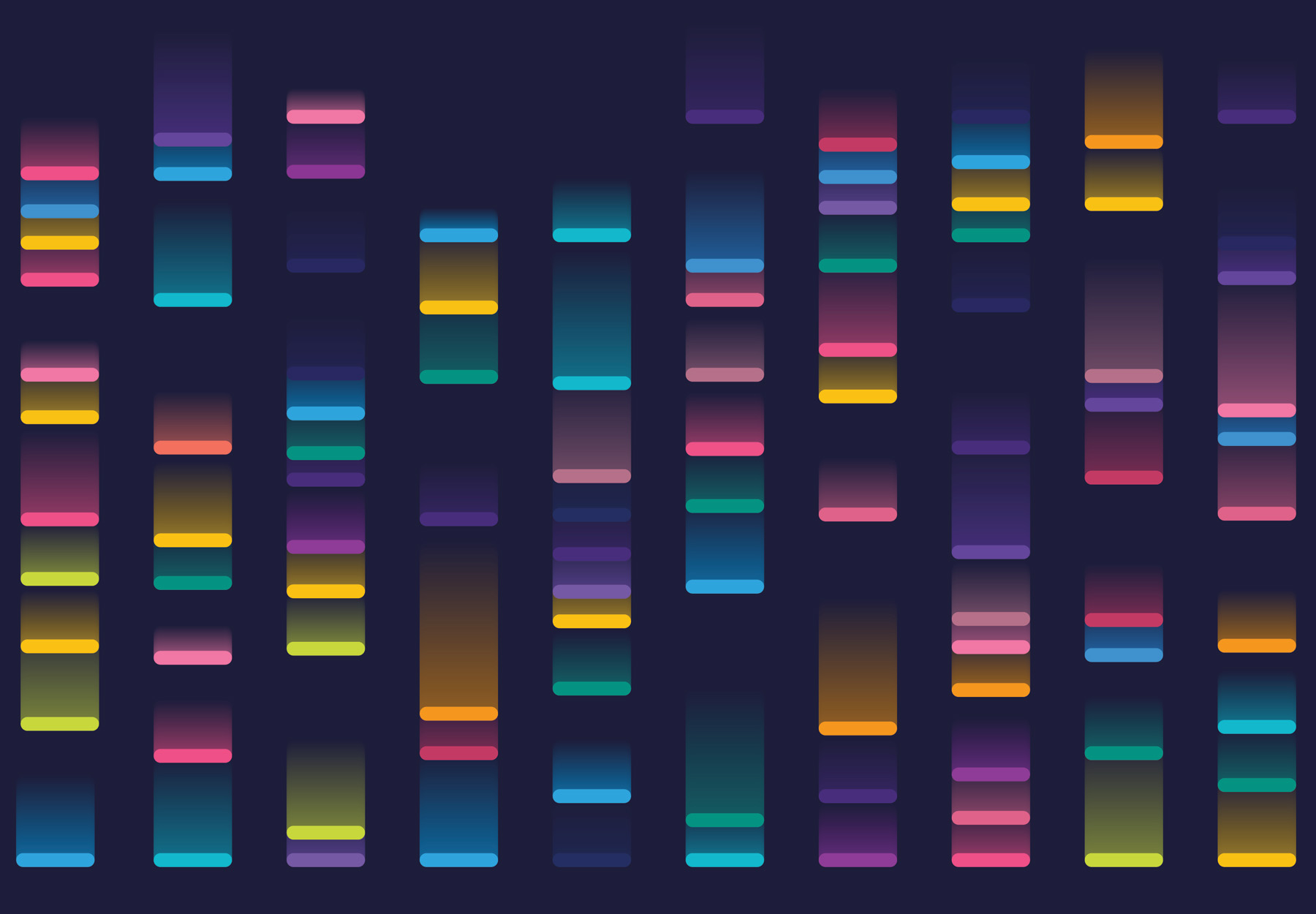Global DTC Genetic Testing Market to Top $1.9B by 2026
Even when accounting for the impact of COVID-19, recent report suggests the future of direct-to-consumer genetic testing remains bright.

The COVID-19 pandemic did little to help the slumping direct-to-consumer (DTC) genetic testing market recover its earlier vigor. But while recent times have been challenging, the long-term prospects for DTC genetic testing remain bright with a new report from Global Industry Analysts Inc. predicting the global market to exceed $1.9 billion (all cited dollar figures in this article are US dollars) by 2026. Here is an overview of the market, its segments, and the drivers of future growth.
Drivers of DTC Genetic Testing Market Growth
Genomic testing is a powerful new diagnostic tool that can be used for a broad range of purposes, ranging from diagnosis of infectious diseases to personalization of medical treatment on the basis of a patient’s unique genetic makeup. The new report outlines some of the factors driving growth of DTC genetic testing, including technological advances, the global prevalence of numerous genetic disorders, such as Alzheimer’s disease, cystic fibrosis, cancer, and diabetes, and greater adoption of personalized medicine. In addition, the report notes that consumer awareness of the availability of genetic tests has been growing in the US and Europe even as costs have been coming down. Coupled with the growth in disposable income and the confidentiality that genetic tests afford, the market conditions seem to be ripe for DTC genetic tests. Elderly consumers are another key driver in the DTC genetic testing market because they take a keen interest in their health care, according to the report. This is intensified by access to genetic test kits that can detect genes whose variations are associated with an increased risk of developing an age-related disease such as Alzheimer’s.DTC Genetic Test Growth by Market Segment
By test type, ancestry and relationship testing, the largest segment of the DTC genetic testing market, will grow at a compound annual growth rate (CAGR) of 9.8 percent over the next seven-year period, the report predicts. Major players in the segment include 23andMe, Inc., Ancestry.com, LLC, Color Genomics, Inc., Laboratory Corporation of America, Mapmygenome India Limited, and Quest Diagnostics, Inc. The report also projects that the second largest segment, nutrigenomics, which health care professionals use to suggest personalized diet and nutritional guidance to help overweight people maintain a healthy lifestyle, will grow at an even higher rate, 13.6 percent CAGR, over the period. The report estimates that the global predictive testing market will reach $373.2 million by 2026. The predicted 16.1 percent growth in the segment will be driven by significant increases in the number of diseases and medical conditions that genetic testing can detect. There are currently about 1,800 to 2,000 such diseases, as compared to just 90 to 100 in the early 1990s.DTC Genetic Test Growth by Geography
Despite the effects of the COVID-19 pandemic, the report estimates that the 2022 value of the global market for DTC genetic testing is $1.1 billion (US). It predicts the market to grow at a CAGR of 12.3 percent over the next four years. By geography, the largest market, the US, which currently accounts for 43 percent of the global market, will be worth an estimated $478.5 million by 2026. Europe will remain the number 2 market with Germany expected to grow at approximately 12.6 percent CAGR, while what the report defines as the Rest of Europe reaches $170.8 million. Other forecasts during the study period:- The China market will reach about $149.8 million (US) in 2026 trailing a CAGR of 15.2 percent;
- Japan will grow at 11.3 percent; and
- Canada will see 13.1 percent CAGR.
Subscribe to Clinical Diagnostics Insider to view
Start a Free Trial for immediate access to this article